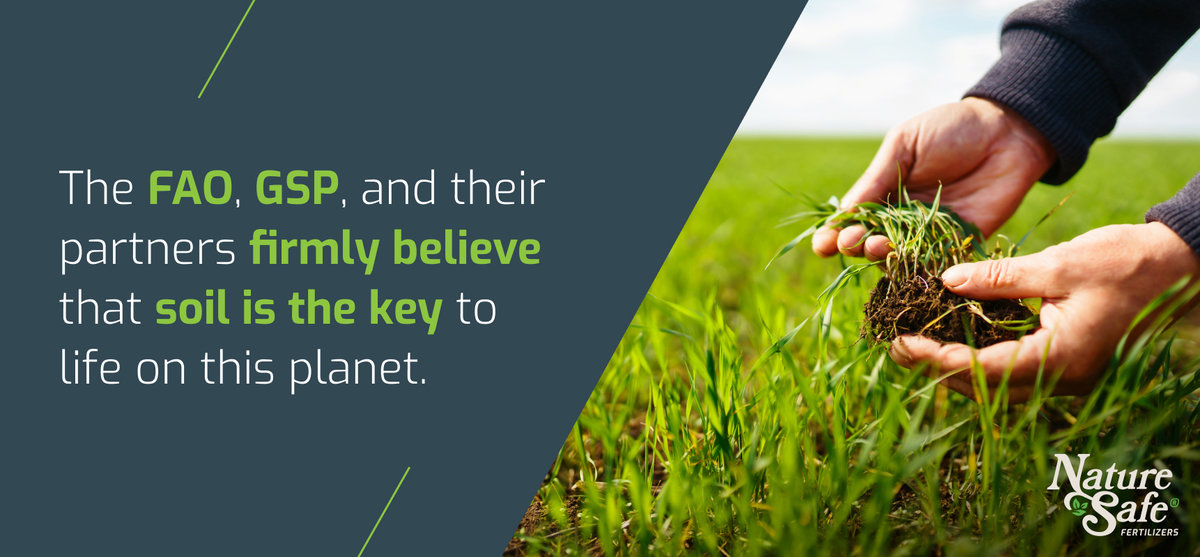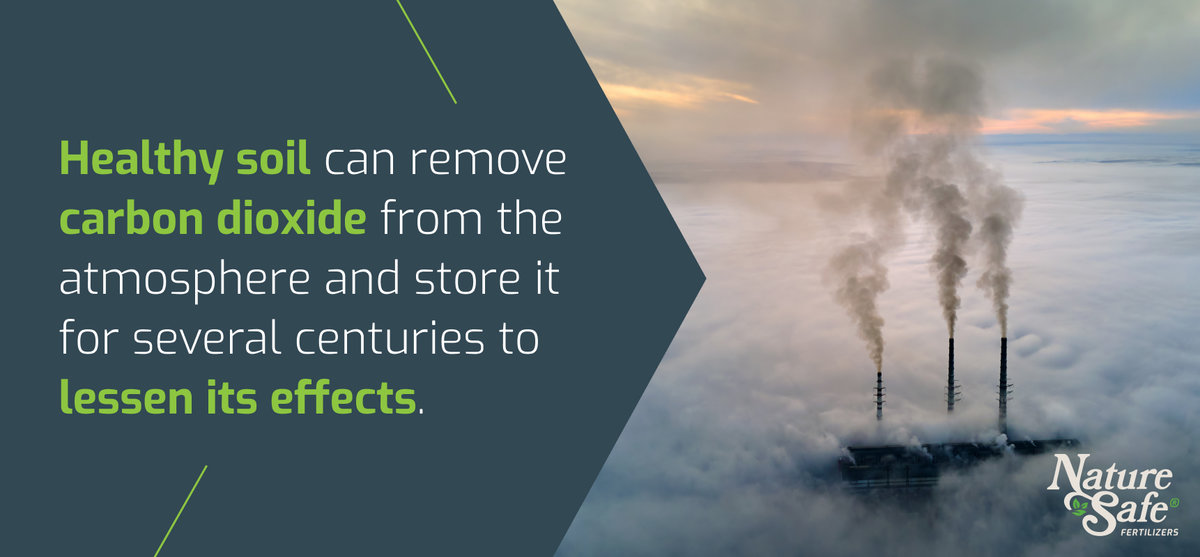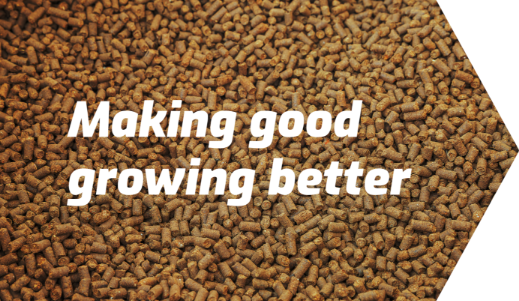
December 5 is World Soil Day
- Posted: Dec 01, 2022
- Author: Nature Safe Fertilizers
- Environment
It's the most wonderful time of the year here at Nature Safe Fertilizers. And it's not just because of fall weather, the holidays, or family time. So why are we so excited?
It's almost World Soil Day!
What Is World Soil Day?
World Soil Day was created in 2014 by the Food and Agriculture Organization for the United Nations (FAO). Each year on December 5, the FOA, operating under the Global Soil Partnership (GSP), advocates for soil health worldwide.
The GSP also operates the Intergovernmental Technical Panel on Soils (ITPS), providing technical and scientific guidance. Through education programs and events worldwide, these organizations provide information necessary for a sustainable future and make it accessible to citizens globally.
The FAO, GSP, and their partners firmly believe that soil is the key to life on this planet. Because soil plays such an essential part in the environment and all of the food we eat, these organizations are working on global initiatives and policy changes on each continent to protect it. World Soil Day is a tool to focus attention on these initiatives.
Each year, the FAO has a different focus for World Soil day. The tagline for 2022 is "Soil: Where Food Begins."

GSP Pillars of Action
The GSP laid out a list of their most important principles for soil sustainability, which include:
Promote sustainable management of soil resources and improve global governance for sustainable productivity and soil protection.
Encourage awareness, education, investment, technical cooperation, policy change, and extension of soils.
Promote targeted soil research and development focused on identifying gaps, priorities, and synergies within economic, productive, environmental, and social dimensions.
Enhance soil data and information quality and availability via collection, analysis, validation, reporting, monitoring, and integration with other disciplines.
Harmonize methods, measurements, and indicators for the sustainable management and protection of soil resources.
These pillars are the driving force behind every event and initiative of World Soil Day.
Why FAO Created World Soil Day
In 2015, the FAO published Status of the World's Soil Resources. Based on peer-reviewed studies and the collaborations of internationally renowned soil scientists and agronomists, this report outlines the current status and possible future of the soil and agriculture of the earth.
The report is almost 700 pages of analysis about soil issues, including changes in salination and erosion, global policies and responses, and the relationship between soil and humans.
In these pages, the FAO found reasons to celebrate and those that require more recognition of World Soil Day.
Good News
Recently, more and more efforts to protect soil and the longevity of farmlands have been successful. FAO found several reasons to feel hopeful about the future.
We’re Still Sequestering CO2 from the Atmosphere
One of the main discussion topics throughout Status of the World's Soil Resources is soil erosion. The report found that while soil erosion continues to cause concerns, it doesn't release a significant amount of carbon dioxide into the atmosphere.
Carbon dioxide is a greenhouse gas that contributes significantly to climate change. Healthy soil can remove it from the atmosphere and store it for several centuries to lessen its effects. According to the FAO's report, soil erosion merely transfers carbon dioxide to depositional locations.

Erosion is Slowing Down
The FAO found that erosion rates have been "significantly reduced" over the last several decades. Between 1982 and 2007, water erosion rates on U.S. croplands reduced from 10.8 hectares to 7.4. Wind erosion rates dropped by a similar amount in the same period.
Brazil's farmers began implementing the regenerative agriculture practice of no-till farming in the 80s. This reduced erosion rates on croplands in Brazil by 70-90%. Many regenerative farming and water management practices have helped reduce erosion rates.
Bad News
While sustainability and regenerative trends show some upward trajectory, much work still needs to be done.
Soil erosion rates are going down but still need to drop faster. In most places, erosion happens quicker than the soil can form.
Cattle and other livestock grazing seems to be the main culprit. The FAO found that intensively grazed lands have 100 to 1000 times higher erosion rates than naturally occurring rates.
One sobering excerpt from this report states, "the large difference between erosion rates under conventional agriculture and soil formation rates implies that we are essentially mining the soil and that we should consider the resource as non-renewable."
How We Should Celebrate
World Soil Day is an opportunity to celebrate soil and the life it sustains. Even if you don't work in agriculture, education and advocacy for local governments can go a long way. The demand for organic and regenerative products is booming, and getting growers to help achieve organic status is paramount.
Converting to organic, regenerative agriculture has been shown to make positive changes, so it's essential to understand the benefits and the steps to take. Responsible practices can reduce erosion and create healthier soil for better crops and thriving ecosystems.
The theme of World Soil Day 2022 ties soil to the food we eat. Whether your meal involves a fried chicken basket or a fresh garden salad, every element comes from a farm. By nurturing croplands and creating healthy soil, everyone can benefit worldwide.

Every Day is Soil Day at Nature Safe
Healthy and fertile soil is what drives Nature Safe Fertilizers. When the microorganisms and all life in the dirt thrive, ecosystems and soils are self-sustaining.
Organic fertilizers can get growers and their croplands in a better spot to do their part. Our products keep soil life alive and well, and reduce unnecessary chemical inputs like pesticides and herbicides.
Wouldn't you want to save money and the planet simultaneously? Get in touch today to celebrate soil, and make good growing better.
